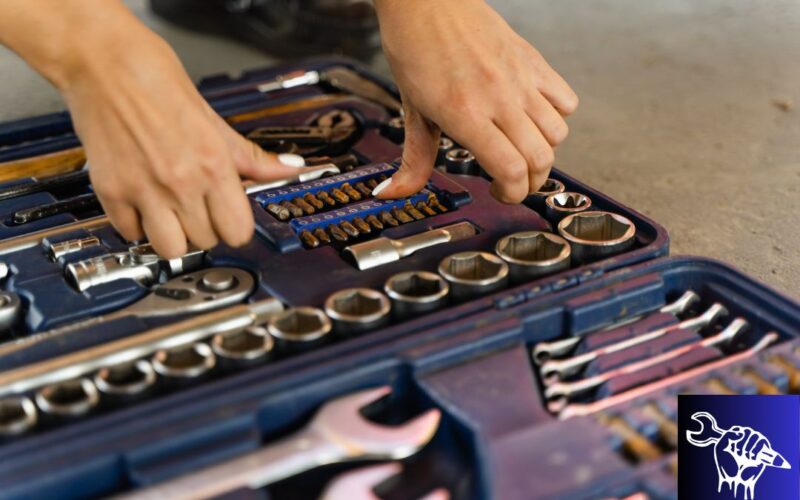A typical construction crew uses dozens and sometimes even hundreds of tools. Often they are very expensive and complicated, but a surprisingly large part of the work can be done with these simplest tools. For this reason, we decided to prepare an article on a less sophisticated topic – in front of you are 5 basic tools that you must have in your toolbox, regardless of the level of complexity of the work you do. We hope that this post will be useful for both amateurs and professionals.
The backbone of your toolbox: the tape measure
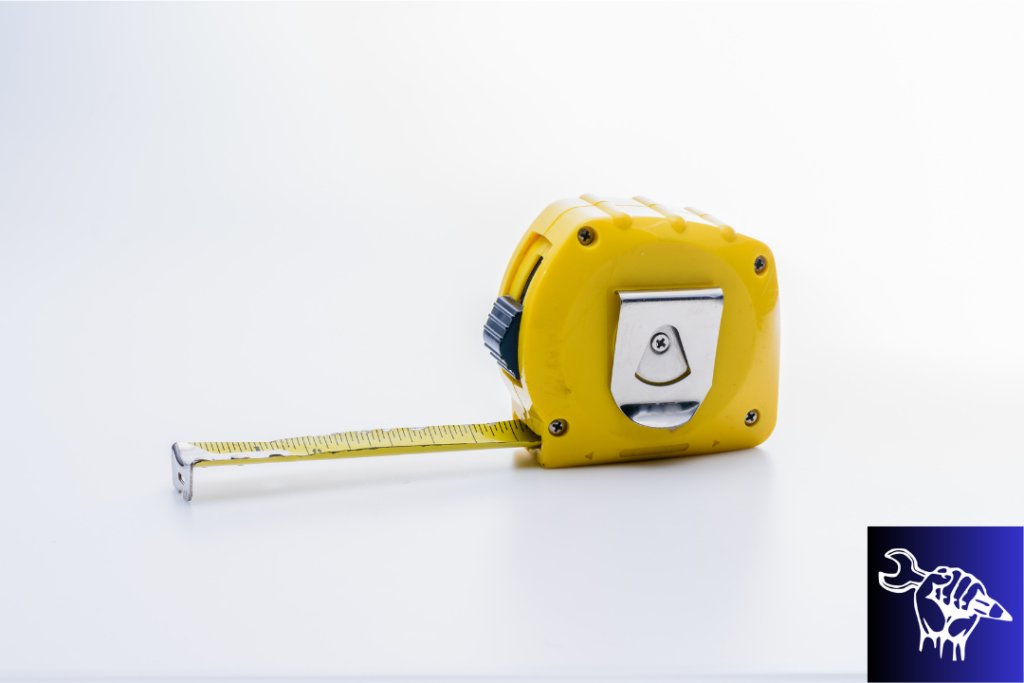
The ancient Romans may have been the first to recognize the necessity of accurate measurements, utilizing strips of marked leather for their projects. Fast forward to today, and the tape measure has transformed but its essence remains the same: precision.
In any toolbox, the tape measure stands out not because of its flashiness, but its foundational importance. Its versatility means it can measure anything from the width of a room to the diameter of a pipe.
Today’s tape measures, made from durable materials like metal or fiberglass, are designed to withstand the rigors of construction sites. They’ve even adapted to the digital age – range finders are getting more and more popular.
How to choose a good tape measure?
- Type of the measuring tape: There are different types of building tape measures – some have a soft, flexible tape, while others are more rigid. Choose a tape measure that suits your needs. For most household jobs, a standard tape measure with a soft tape will suffice.
- Length and width: In most cases, 5 meters is sufficient, but for professional users may need a longer tape, up to 10 meters. You should also consider keeping 2 models in your toolbox – the short one (which will be also lighter) and the longer one. When it comes to the width, it’s nearly always worth choosing the wide tapes – it guarantees durability.
- Locking mechanism: Make sure the tape measure has a sturdy and easy-to-use locking mechanism to stop the tape at the desired length. This is one of the most faulty components in any tape measure.
- Material: Stainless steel or rust-resistant coated tapes are more durable compared to tapes made of ordinary steel. In practice, it’s not worth the trouble.
- Clip on the end of the tape: A good quality clip should be movable, allowing for accurate measurements both internally and externally. A magnet is also in order, making it easier to work with metal parts.
Cordless drill

Power and precision combine in one of the most iconic tools in the construction world: the electric drill. It’s hard to imagine any construction project, whether it’s a minor home repair or a large commercial structure, that doesn’t rely on this versatile instrument at some point. A cordless drill cannot be missing from your toolbox.
First introduced in the late 19th century, the electric drill was a revolution. It drastically reduced manual labor and increased the efficiency of countless tasks. Over time, it evolved from a corded device requiring constant electrical power to today’s cordless marvels, powered by high-capacity batteries.
Both corded and cordless drills have their advantages as well as disadvantages. The first group offers consistent and high power, but limits you to locations with electrical outlets. Cordless drills offer excellent mobility, but there is a need to purchase multiple, often very expensive batteries. In addition, a cordless drill has significantly less torque.
The undoubted advantage of most cordless drills is their versatility. A large part of the models can rotate the drill in two directions – thus, we also have a screwdriver. Low torque and a small battery make drilling in hard wood (oak, maple, ash) and concrete can be difficult or even impossible. However, if the drill is not your main work tool, you will rather be satisfied.
How to choose a good cordless drill?
Purpose: Think about what kind of work you need the drill for. Is it just minor household work, or maybe a professional application? For lighter work, a less powerful model will suffice, while for heavier construction work it is worth choosing a more powerful device (which will be correspondingly more expensive).
Battery voltage: Typically, drills with higher voltages (18V or more) are more powerful and have longer battery life than those with lower voltages (such as 12V). Voltage translates into torque – the higher it is, the more energy the electric motor can draw.
Battery capacity: Expressed in ampere hours (Ah), a higher capacity means a longer drill run time per charge, but also a higher weight of the device. If the battery can store more energy, there’s less chance you’ll need additional accumulators in your toolbox.
Battery type: Li-ion (lithium-ion) are currently the most popular due to their light weight, high capacity and lack of memory effect.
Charging speed: Check how long it takes the battery to fully charge. Some modern chargers can charge a battery in as little as an hour.
Additional accessories: Often drills are sold in sets with additional batteries and bits. If you are just completing your toolbox, consider buying a set, although the quality of additional components may not be the best.
- What do you need to know about gutter guards?
- Why are wooden roofs made of cedar?
- Top inspirations for porch and balcony
- Porch and Balcony as a key to your dream garden
- DIY home improvement projects
Utility knife
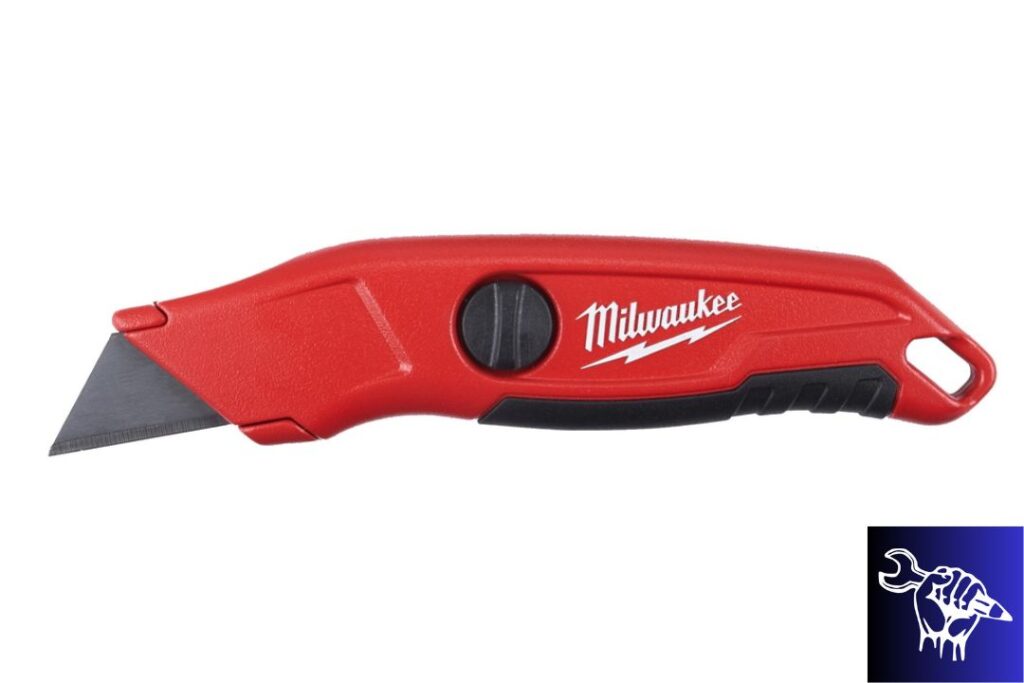
Few people pay attention to the existence of this tool. An all-purpose knife is found in virtually every toolbox, though it often gets there by accident. This is a mistake! The low price of these tools makes it worth investing in a top-notch solution.
The universal knife is first and foremost a cutting tool. Its design, with a retractable razor-sharp blade, ensures precision in tasks ranging from cutting through packaging to trimming materials with the utmost finesse. Its compactness makes it ideal for detailed work where larger tools can be cumbersome. You can also use it to strip insulation from wires, although this requires a bit of skill.
What sets the universal knife apart is its adaptability, thanks mainly to its interchangeable blades. Different tasks may require specific blades – serrated, hooked or segmented. Thanks to its quick interchangeability, you can use the tool in literally any conditions.
How to choose a good utility knife?
Blade: Choose a universal knife made of high-quality steel that stays sharp for longer and resists corrosion. Steels such as VG-10, S30V or D2 are popular for quality blades.
Locking mechanism: Safety is key, so choose a knife with a solid blade lock mechanism. A retracting blade is also annoying.
Handle ergonomics: Choose a knife that fits well in the hand and is non-slip. Size is also important, as small knives make it impossible to grip effectively.
Belt or pocket clip: If you plan to carry the knife at your belt or in your pocket, make sure it has a sturdy clip.
Claw hammer
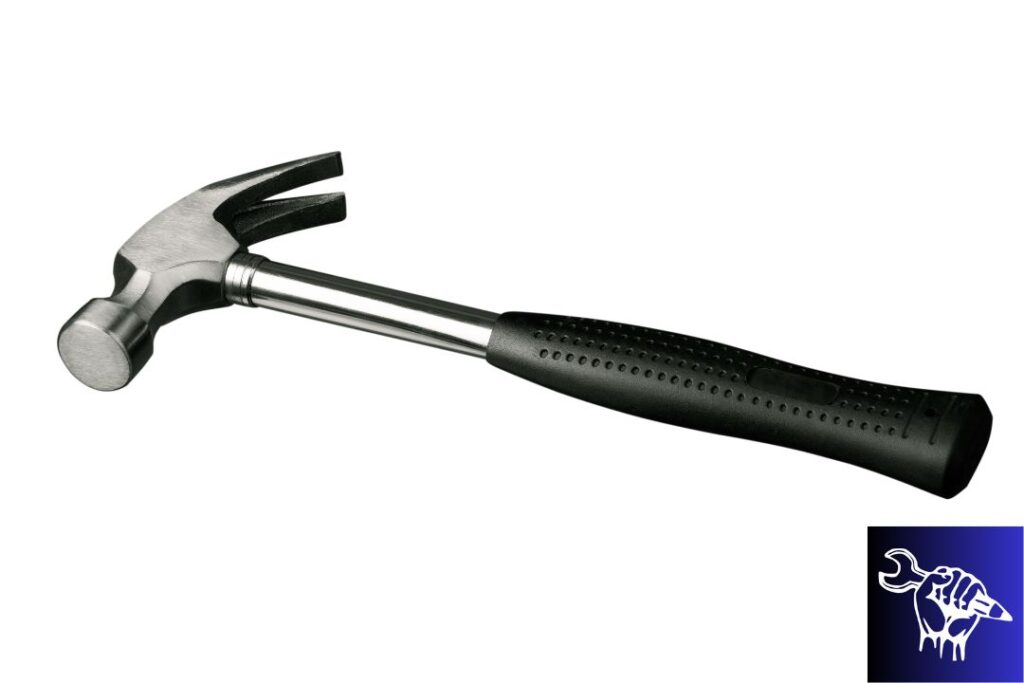
When one imagines a builder’s toolbox, the first image that often comes to mind is the hammer. As a symbol of construction and manual labor, the claw hammer has earned itself a mandatory place in every toolbox.
Why did we choose to recommend the claw hammer? Because it is more versatile! Very often it happens that a nail is not driven correctly, and it takes a lot of time to look for a crowbar ( in addition, a small enough one). On the other hand, the basic functionality of such a hammer is not lost in any way.
Remember that the choice of hammer weight does not only affect the price – it also translates into the comfort of its use and handiness. A heavy hammer puts more stress on the joints.
Chisel
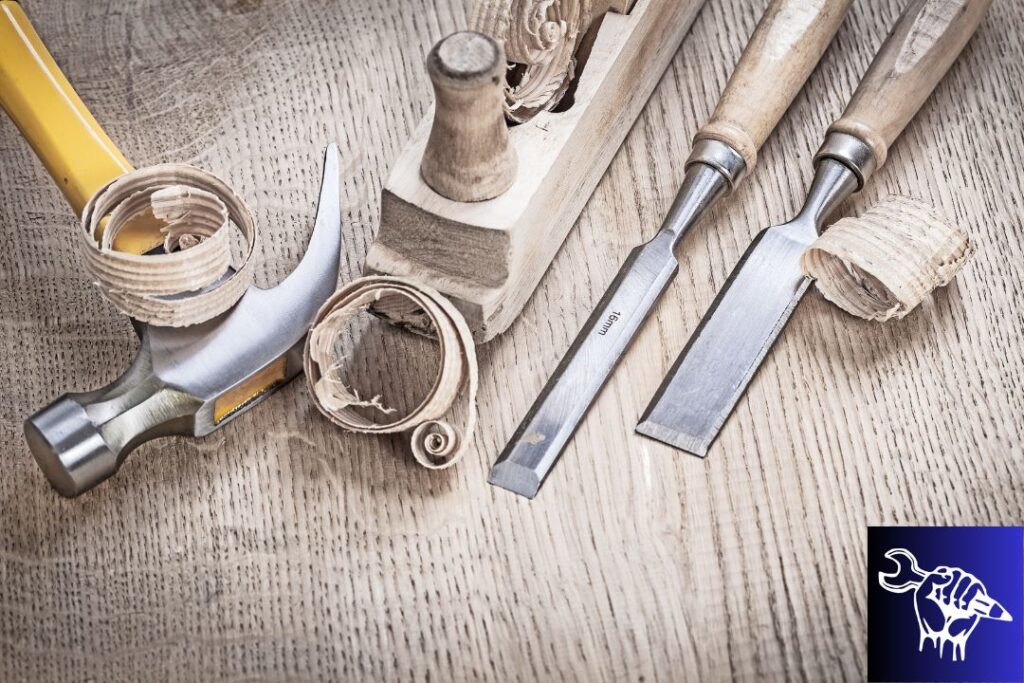
Chisels are certainly not as popular as they used to be, but it’s hard to deny that they’re still worth having in your toolbox. In the simplest terms, they are used for precise removal of material, mainly wood.
Choosing the right chisel is not difficult – what matters most is the hardness of the steel, the sharpness of the edge and the size of the shank. Of course, there are several basic types of chisels, which is worth keeping in mind:
- Slanted chisels, designed for carving and precision woodworking
- Thin chisels, designed for cleaning cavities




